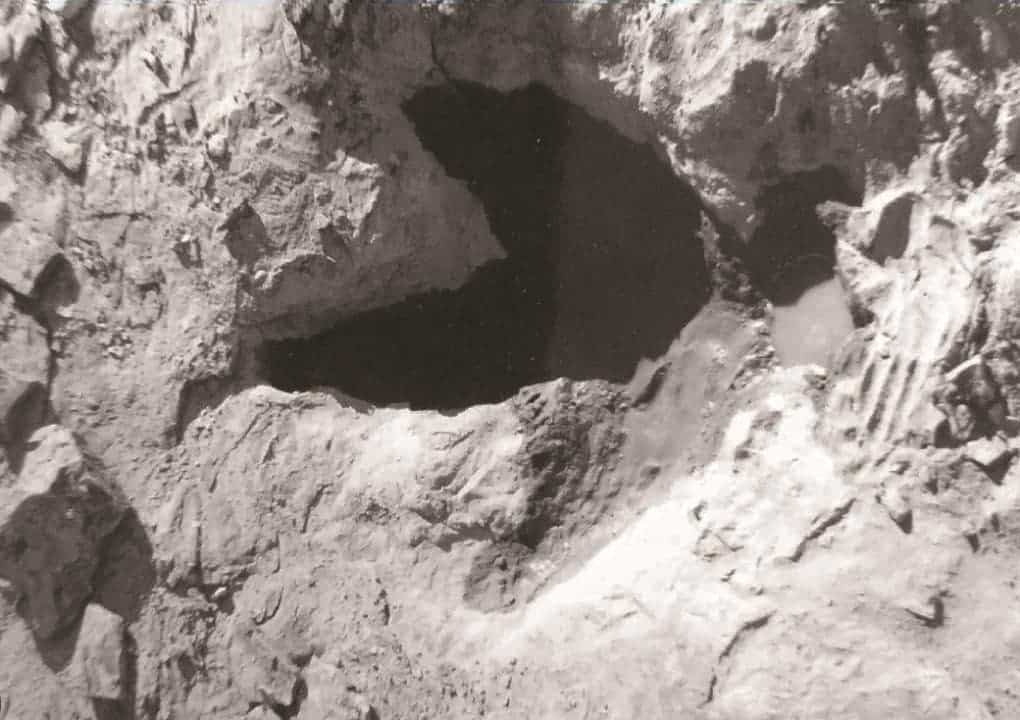When he was only 13 years old, Scott Persons was led to a sandstone slope right next to the Glenrock Paleon Museum, Wyoming. The museum’s curator gently brushed away at an intended spot and soon enough three uncanny dinosaur tracks revealed themselves to Persons, who was dumbstruck at the sight. Many years later, Persons — now a doctoral student in paleontology — returned to the site, studied it extensively along with colleagues and made a scientific report of the three dinosaur tracks carved in the stone by the eons. As it turns out, these findings belong to a tyrannosaur and are absolutely unique.
Each track shows three big toes each with sharp claw tips. and a small fourth claw at the rear. Based on these markings and their size, the paleontologists concluded that these were definitely made by a carnivorous dinosaur. There were more clues. Made 66 million years ago, or roughly around the time of the major mass extinction that wiped dinosaurs off the planet, the trail was definitely made by a tyrannosaur.
The researchers filtered their list of suspects even further until they finally reach two prime candidates: an adolescent Tyrannosaurus rex or the closely-related smaller tyrannosaur Nanotyrannus lancensis. In any event, the findings bear evidence of the first multi-step tracks of either species known to science, as reported in Cretaceous Research.
“Having a trail of tracks is important,” says Persons. “With it, you can calculate an estimate of how fast the tyrannosaur was walking.”
The tyrannosaurs must have walked at a speed of 4.5 to 8 km/h. This shows that, even when walking, tyrannosaurs moved faster and covered more ground in a single step than the large herbivores, such as the duckbilled dinosaurs, which they coexisted with and presumably hunted. A T-rex could run as fast as 29 km/h. A human would definitely not stand a chance in out-running the king.
If you’re in Wyoming around Glenrock, don’t miss this show!
“The tracks are still in the field,” says Persons. “If you go to Glenrock, today, visit the Plaeon Museum, and are up for a little hike, you can see the prints just like I did.”










